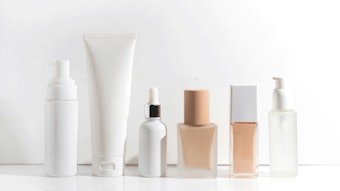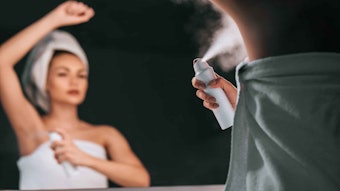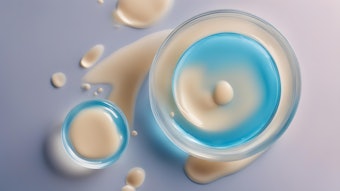The European Commission’s Scientific Committee on Consumer Safety (SCCS) has determined alpha-arbutin is safe for cosmetic use, which has been a positive move for formulators who use the active ingredient in skin brightening applications.
(Read in C&T about how a new molecule called tri-hydroxy benzoic acid alpha glucoside can optimize the complexion for brightening).
In its latest Opinion, the SCCS concluded alpha-arbutin is safe at levels of up to 2% in face care products and up to 0.5% in body care products. In recent years, arbutin has been the subject of safety discussion in the EU. Following the opinion on beta-arbutin, published in 2008 by the SCCS (SCCP/1158/08), the EU Commission called for additional safety data on alpha-arbutin in 2010.
In response to the call, DSM said its safety and regulatory experts submitted an exhaustive product dossier to prove the safety of alpha-arbutin. In particular, the evaluation of hydroquinone release, data on alpha-arbutin stabilization in formulated cosmetic products, and test results explaining the behavior of alpha-arbutin on the skin have been submitted for safety evaluation.
"Skin tone applications are one of the biggest growing segments in the skin care market, especially in the Asian markets," said Mathias Gempeler, head of global marketing skin care at DSM.
"I’m extremely pleased with the positive SCCS Opinion as it allows the cosmetic industry to continue using this high-performing and easy-to-formulate active ingredient," Gempeler added.
DSM introduced alpha-arbutin to the cosmetic industry more than 10 years ago. The activity of alpha-arbutin in promoting the appearance of an even skin tone has been shown in several clinical studies1,2. At a 1% concentration level, the molecule outperformed other commonly-used cosmetic ingredients such as kojic acid and beta-arbutin.
1. Ziegler and Meyer; Personal Care Magazine (2003) 336-01, 15-18
2. K. Sugimoto et al; Trends in Glycoscience and Glycotechnology (2007) Vol 19; No110; 235-246







!['[Sunscreen] developers will be able to innovate more efficiently while maintaining high standards of quality and safety for consumers.'](https://img.cosmeticsandtoiletries.com/files/base/allured/all/image/2024/06/woman_outside_using_sunscreen_on_face_ISO_test_standards_AdobeStock_783608310.66678a92029d9.png?auto=format%2Ccompress&fit=crop&h=191&q=70&rect=62%2C0%2C2135%2C1200&w=340)


